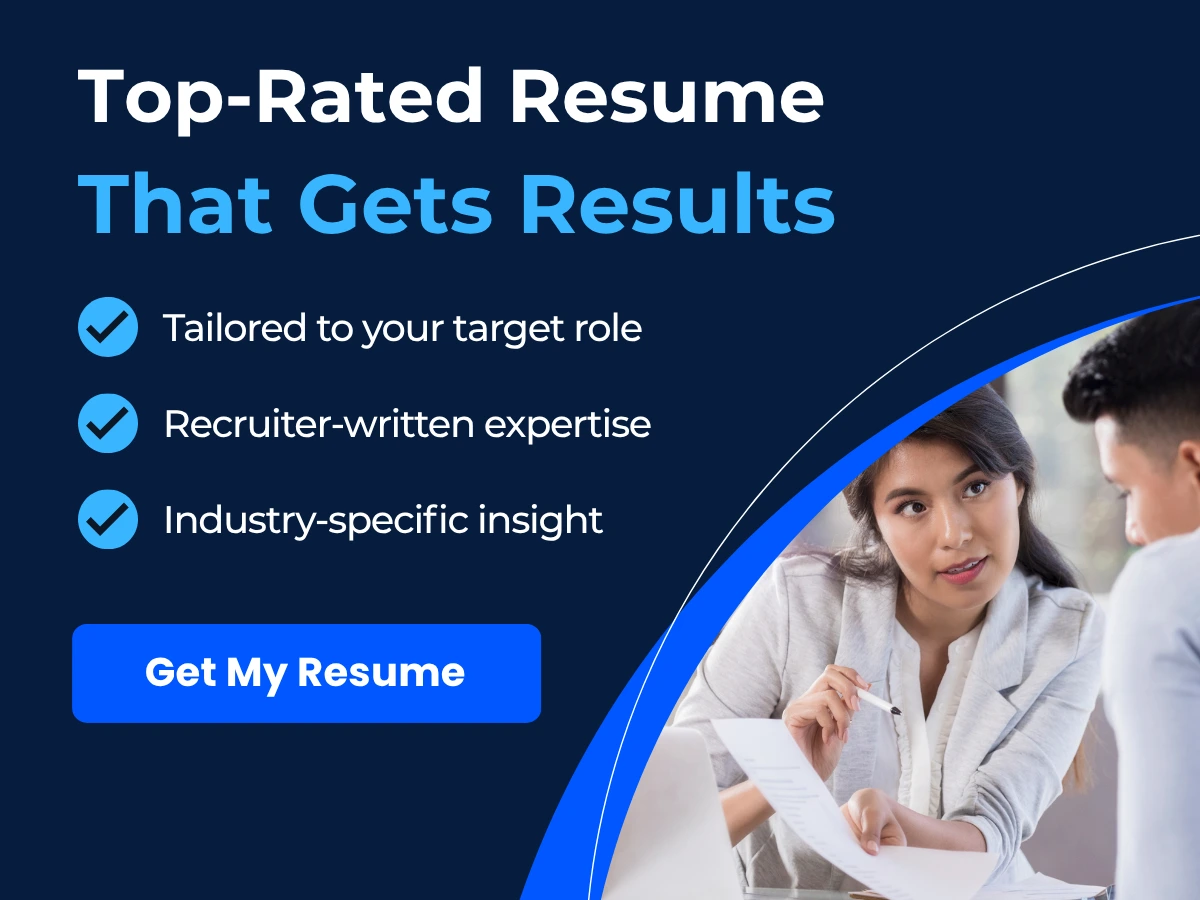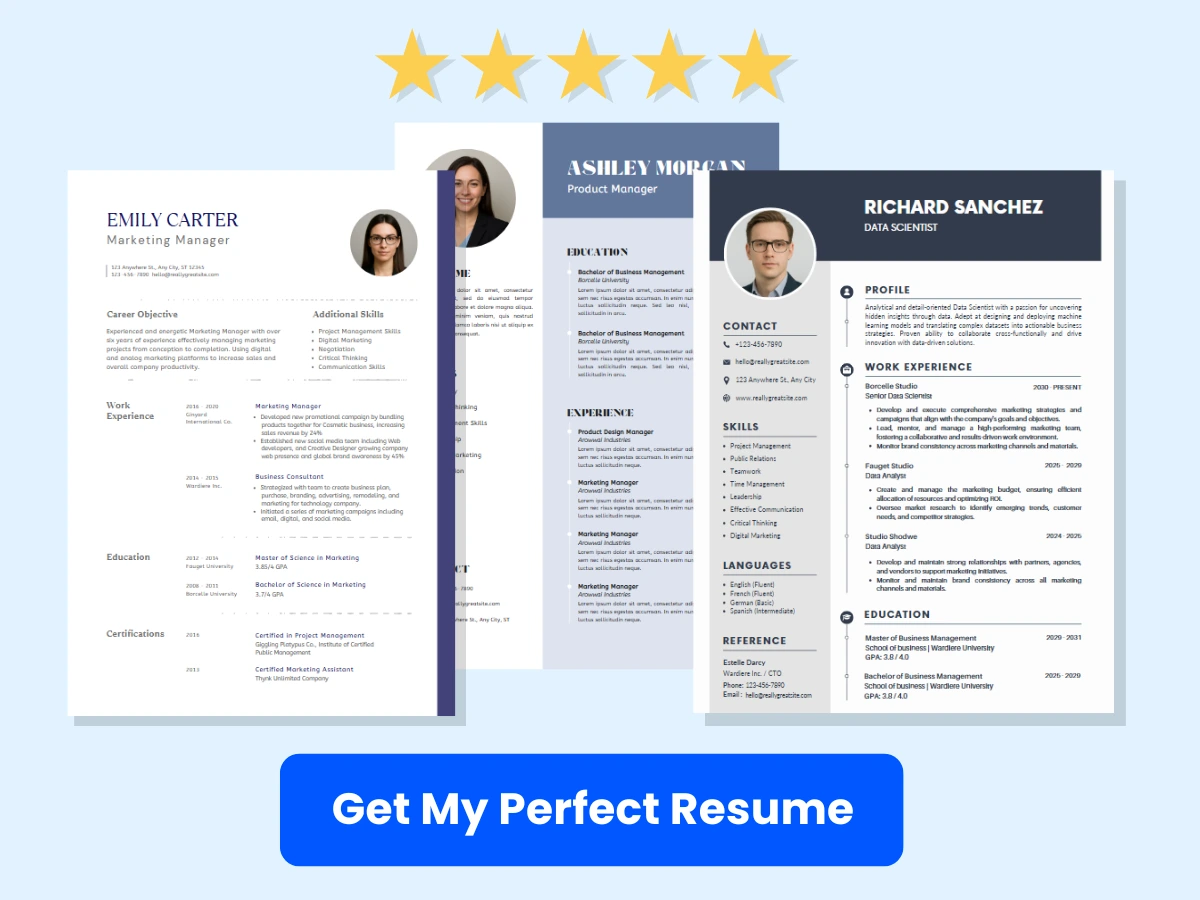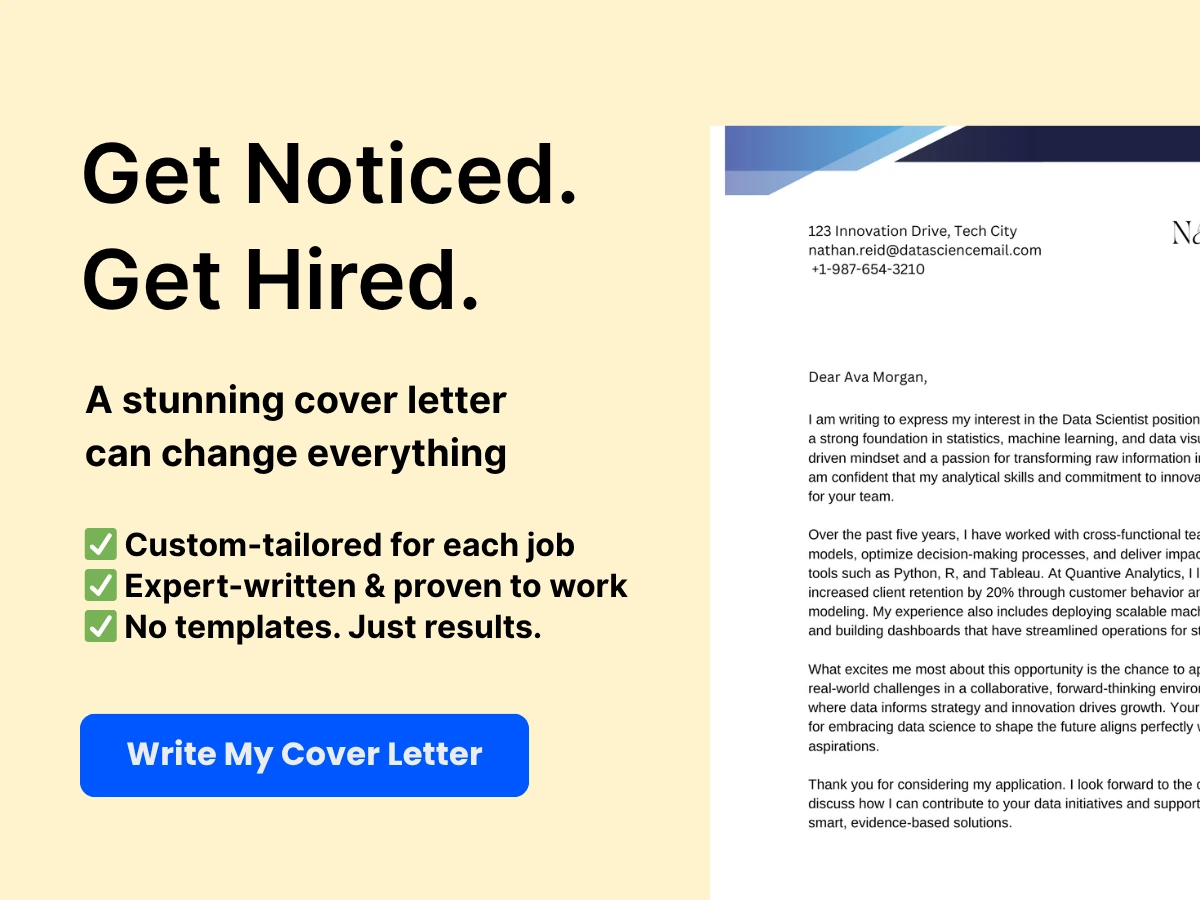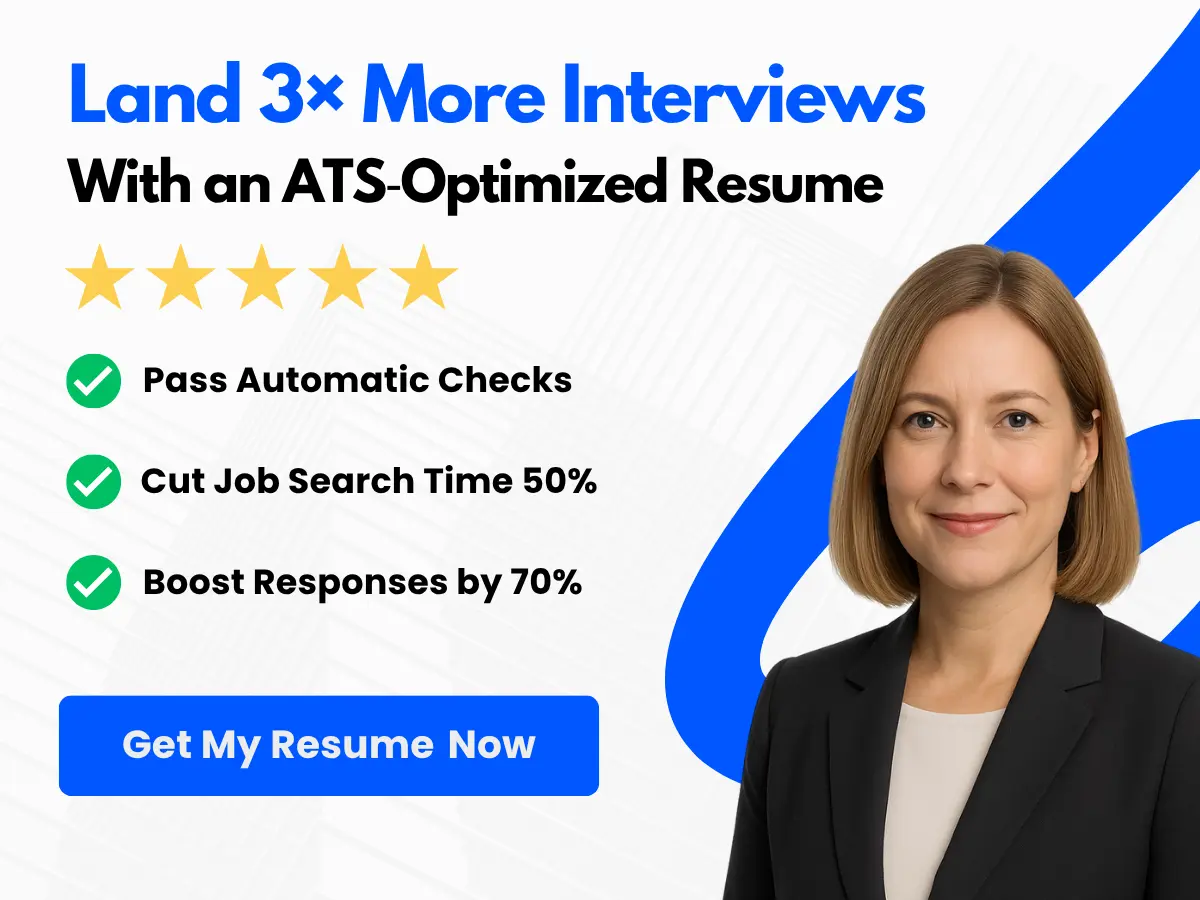A staff accountant resume is a document that displays an individual’s educational and professional background, skills, achievements, and career objectives. This document serves as a tool for job seekers to showcase their qualifications for the staff accountant position they are applying for.
A well-written staff accountant resume is crucial in creating a positive impression on hiring managers. It is a representation of a job seeker’s ability to communicate effectively and to present themselves professionally. A carefully crafted and well-organized resume can help job seekers stand out from other applicants and increase their chances of receiving an interview invitation.
Hiring managers typically look for specific qualifications and skills when reviewing staff accountant resumes. These include:
- Educational background: A bachelor’s degree in accounting or a related field, such as finance or business, is typically required.
- Work experience: Relevant experience in accounting, financial analysis or reporting, and working knowledge of accounting software.
- Skills: Attention to detail, analytical thinking, communication, time management, and problem-solving skills.
- Certifications: Possession of a CPA or other relevant certifications can demonstrate an individual’s commitment and expertise in the field.
In addition to the above qualifications, hiring managers also look for evidence of a candidate’s achievements and contributions to their previous employers. This can be demonstrated through the inclusion of measurable results, such as cost savings, process improvements, or revenue growth, in one’s resume.
A well-written staff accountant resume can be the key to landing an interview and starting a successful career in accounting.


Research and Preparation
In order to create an effective staff accountant resume, it is crucial to perform thorough research and preparation. This involves understanding the job requirements, identifying the key skills and qualifications, researching the company and its culture, and tailoring your resume accordingly.
A. Understanding the Job Requirements
The first step in creating a winning staff accountant resume is to carefully analyze the job requirements. This involves reading the job description carefully and identifying the key responsibilities, qualifications, and experience required for the role. By doing so, you can tailor your resume to highlight the specific skills and experiences that match the job requirements.
B. Identifying the Key Skills and Qualifications
Once you’ve identified the job requirements, the next step is to analyze the key skills and qualifications for the role. These may include technical accounting skills, such as financial statement preparation and audit experience, as well as general business and communication skills, including attention to detail and strong written and verbal communication.
To identify the key skills and qualifications required for the role, you can review job listings, speak with industry professionals, and review relevant professional associations and certifications.
C. Researching the Company and its Culture
In addition to understanding the job requirements and key skills and qualifications, it is important to research the company and its culture. This will help you tailor your resume to showcase your skills and experiences in a manner that aligns with the company’s values and mission.
To research the company and its culture, you can review the company’s website, mission statement, and values, as well as read news articles and industry publications to gain a better understanding of the company’s position within the industry.


D. The Importance of Tailoring Your Resume to the Job
Finally, it is critical to tailor your resume to the job. This involves highlighting your relevant skills and experiences, ensuring that your resume is visually appealing and easy to read, and including keywords and phrases that align with the job requirements.
By tailoring your resume to the job, you can improve your chances of securing an interview and ultimately landing the staff accountant role you desire.
Performing thorough research and preparation is essential to creating an effective staff accountant resume. By understanding the job requirements, identifying the key skills and qualifications, researching the company and its culture, and tailoring your resume to the job, you can increase your chances of success in the hiring process.
Resume Elements
When it comes to creating a staff accountant resume, there are several crucial elements that you must include to put your best foot forward. In this section, we will go over each of these elements in detail, so you can ensure that your resume is compelling and professional.
A. Header and Contact Information
Your header and contact information should be included at the top of your resume, as this is the first thing that potential employers will see. Make sure that your name is in a larger, bold font, so it stands out. Include your email address, phone number, and professional social media profiles, such as LinkedIn, so employers can easily get in touch with you.


B. Professional Summary or Objective Statement
In this section, you should write a brief statement about yourself and your professional goals. Your professional summary or objective statement should be tailored to the position you are applying for and give employers a snapshot of your experience and abilities.
C. Experience Section
The experience section is where you will list your previous work experience. It is essential to write effective experience bullets that highlight your achievements and responsibilities in each position. Make sure to include quantifiable achievements, such as financial goals met or processes improved, to show how you added value to your previous roles.
D. Education and Certifications
Listing your educational background and any relevant certifications is essential in the staff accountant field. Be sure to include the name of the college or university you attended, your degree, and your graduation year. If you have any certifications, such as a CPA or CMA, make sure to mention those as well.
E. Skills Section
Identifying your relevant skills is crucial in convincing potential employers that you are the right candidate for the job. Make sure to differentiate between hard skills, which are teachable abilities, such as software proficiency, and soft skills, which are personal traits, such as communication or problem-solving abilities.
F. Additional Sections
Including additional sections such as volunteer experience, professional affiliations, and awards and recognitions can enhance your resume, especially when it comes to standing out from other applicants. Volunteer experience shows your commitment to your community, and professional affiliations illustrate your dedication to your industry. Awards and recognitions highlight your accomplishments and success in your profession.
By following these guidelines and including the elements we’ve discussed, you can create a professional and compelling staff accountant resume that will capture the attention of potential employers. Remember to tailor your resume to the position you are applying for, and always proofread for typos and errors before submitting. Best of luck in your job search!
Formatting and Design
When it comes to crafting a staff accountant resume, the way that you format and design your document can be just as important as the content that you include. In this section, we’ll explore some of the key considerations to keep in mind when it comes to formatting and design.


A. Choosing the Right Format
The first step in creating a well-formatted resume is choosing the right format. While there are many options to choose from, some of the most common formats include the chronological resume, functional resume, and combination resume.
The chronological resume is the most traditional format, and is ideal if you have a strong employment history that you want to highlight. The functional resume, on the other hand, focuses more on your skills and abilities, and is a good option if you have gaps in your work history or are changing careers. Finally, the combination resume combines elements of both the chronological and functional formats, allowing you to highlight both your employment history and your skills.
Regardless of which format you choose, be sure to tailor it to the specific requirements of the job you are applying for, and ensure that it is easy to read and understand.
B. Font, Spacing, and Margins
Font, spacing, and margins are all important factors to consider when formatting your staff accountant resume. Generally speaking, you should aim to use a clean, professional font such as Arial, Calibri, or Helvetica. Additionally, you should use a font size of between 10 and 12 points to ensure that your document is easy to read.
When it comes to spacing and margins, be sure to leave plenty of white space on the page, both between sections and around the edges of the document. This will help to make your resume more visually appealing and easier to read, while also allowing you to highlight important information through the use of bullet points and bolding.
C. Using Bullet Points and Bolding
Bullet points and bolding can be highly effective tools for organizing information on your staff accountant resume. When using bullet points, be sure to keep them short and to the point, and use them to highlight key achievements or responsibilities.


Similarly, bolding can be used to draw attention to important information such as job titles, company names, or key accomplishments. Just be sure not to overuse bolding, as this can make your document appear cluttered and difficult to read.
D. Including White Space
As mentioned earlier, white space is an essential element of well-formatted resumes. By including plenty of white space in your document, you can help to make it more visually appealing and allow important information to stand out.
To create white space, you can use a combination of techniques such as bulleted lists, margins, and line spacing. Just be sure to strike a balance between readability and whitespace, and avoid cramming too much information onto a single page.
Writing Tips and Best Practices
When it comes to writing a staff accountant resume, there are several best practices and writing tips you should keep in mind. These tips will help you craft a professional and effective resume that showcases your skills and experience in the best possible light.
A. Using Action Verbs
One of the most important things to do when writing your resume is to use action verbs. Action verbs are powerful and dynamic words that describe what you did in a specific role or job. By using action verbs, you can create a sense of momentum and excitement that will draw in the reader and make them want to learn more about you.
Some examples of action verbs include:


- Managed
- Analyzed
- Implemented
- Created
- Developed
B. Quantifying Achievements using metrics
Another important tip is to quantify your achievements using metrics. This means using numbers and figures to describe your successes and accomplishments in previous roles. By doing so, you can give the hiring manager a clear idea of what you can bring to their organization.
For example, instead of saying “increased revenue,” say “increased revenue by 50% in 6 months.” This gives a clearer picture of your impact and shows that you are results-driven.
C. Avoiding cliches and buzzwords
It can be tempting to use cliches and buzzwords in your resume, but it’s important to avoid them as much as possible. These terms have become overused and can make your resume seem generic or unoriginal.
Instead, focus on using clear and concise language that describes your skills and experience in a unique and compelling way.
D. Focusing on transferable skills
When writing your resume, it’s important to focus on transferable skills. These are skills that can be applied to a variety of roles and industries, such as communication, problem-solving, and teamwork.


By highlighting your transferable skills, you can show the hiring manager that you have the ability to adapt to new situations and succeed in a variety of roles.
E. Tailoring the resume to the specific job
Finally, it’s important to tailor your resume to the specific job you are applying for. This means reading the job description carefully and highlighting the skills and experience that are most relevant to the role.
By doing so, you can show the hiring manager that you have taken the time to research their organization and understand what they are looking for in a staff accountant.
Using action verbs, quantifying achievements using metrics, avoiding cliches and buzzwords, focusing on transferable skills, and tailoring your resume to the specific job are all essential tips for writing an effective staff accountant resume. Keep these best practices in mind as you craft your resume and you’ll be well on your way to landing your dream job.
Example Staff Accountant Resumes
If you’re looking to write a staff accountant resume, it can be helpful to see examples of successful resumes to guide your writing process. Here are three examples to consider:
A. Example 1: Entry-Level Staff Accountant Resume
Objective: To secure an entry-level staff accountant position and grow within the industry.
Summary
Recent graduate with an accounting degree seeking an entry-level staff accountant position. Strong knowledge of GAAP and tax laws. Proficient in Microsoft Excel, QuickBooks, and accounting software. Self-motivated and detail-oriented.
Education
- Bachelor of Science in Accounting, XYZ University, May 2021
- GPA: 3.8/4.0
Skills
- Proficient in Microsoft Excel, QuickBooks, and other accounting software
- Knowledgeable in GAAP and tax laws
- Detail-oriented and organized
B. Example 2: Staff Accountant Resume with Professional Experience
Objective: To obtain a staff accountant position that utilizes my professional experience in accounting and finance.
Summary
Experienced staff accountant with over five years of experience in accounting and finance. Strong knowledge of financial statement preparation, accounts payable and receivable, and tax laws. Skilled in using QuickBooks, SAP, and Excel. Detail-oriented and organized.
Professional Experience
- Staff Accountant, ABC Company
- Prepared monthly financial statements
- Managed accounts payable and receivable
- Assisted in tax preparation
- Accounting Assistant, XYZ Corporation
- Prepared weekly financial reports
- Assisted in accounts payable and receivable
- Managed employee expense reports
Education
- Bachelor of Science in Accounting, XYZ University, May 2015
- GPA: 3.5/4.0
Skills
- Strong knowledge of financial statement preparation and tax laws
- Experience using QuickBooks, SAP, and Excel
- Detail-oriented and organized
C. Example 3: Staff Accountant Resume with an MBA
Objective: To secure a staff accountant position that utilizes my MBA in accounting and finance.
Summary
Experienced staff accountant with an MBA in accounting and finance. Strong knowledge of financial analysis, forecasting, and financial management. Proficient in QuickBooks, Excel, and other accounting software. Detail-oriented and analytical.
Professional Experience
- Staff Accountant, XYZ Corporation
- Managed company’s accounting and financial operations
- Conducted financial analysis and forecasting for executive team
- Assisted in tax preparation and filing
Education
- Master of Business Administration in Accounting and Finance, ABC University, May 2016
- Bachelor of Science in Accounting, XYZ University, May 2014
- GPA: 3.7/4.
Applicant Tracking Systems (ATS)
A. Understanding what an ATS is
As a staff accountant, it’s essential to understand the basics of the applicant tracking system (ATS). An ATS is a software application that scans resumes and CVs submitted to employers for job openings. The ATS then ranks the resumes based on their relevance to the job description and specific keywords. The ATS considers various factors, including work experience, education, skills, certifications, and job title matches.
The primary goal of the ATS is to streamline the hiring process, reduce the recruitment time, and help the hiring managers identify the most qualified candidates quickly. Therefore, understanding ATS is crucial when crafting a compelling resume that stands out in a sea of applications.
B. How to Optimize the Resume for Applicant Tracking Systems
To optimize your resume for applicant tracking systems, you need to make sure that it has sufficient relevant keywords and phrases that match the job description. Here are some tips to optimize your resume for ATS:
1. Use Job-Specific Keywords
Start by identifying the critical keywords used in the job description, including skills, job titles, responsibilities, and qualifications. Ensure that your resume has the same keywords and phrases to show that you’re the perfect job candidate. However, avoid keyword stuffing, which can hurt your application’s readability, and make it appear spammy.
2. Use a Resume Format that is ATS-friendly
There are several resume formats that applicants can use, including chronological, functional, and combined formats. However, an ATS-friendly resume format is a chronological resume format. Many Applicant tracking systems prefer the chronological resume format because it’s easy to scan, list your work history in reverse chronological order, and highlight your achievements.
3. Edit Your Resume for Clarity and Readability
Make sure your resume is easy-to-read and scannable for the applicant tracking system. You can achieve this by using standard fonts, bullet points, short sentences, and avoiding fancy graphics, images, and color schemes that can be misinterpreted by the ATS.
4. Submit Your Resume in a Compatible Format
When submitting your resume, always check the employer’s application process, including which file format they accept. Some Applicant tracking systems may only accept specific file types such as PDF, Word Document, or ASCII (plain) text.
5. Tailor Your Resume to the Job Description
Ensure that your resume is customized to the job description by highlighting your relevant skills, work experience, and accomplishments that match the job opening. You can also include your relevant certifications, licenses, and training that align with the job description.
Final Thoughts:
Understanding how Applicant tracking systems work and optimizing your resume for ATS is crucial when applying for any staff accountant position. By tailoring your resume to the job description, using job-specific keywords, and an ATS-friendly resume format, you’ll improve your chances of passing the initial screening and landing an interview.
Cover Letters
As a staff accountant, your resume showcases your experience, skills, and education. However, your cover letter gives you the opportunity to stand out and show your potential employer why you are the right candidate for the job.
A. The purpose of a Cover Letter
The purpose of a cover letter is to introduce yourself, showcase your qualifications, and express your interest in a position. It serves as your first impression with a potential employer and should make them want to learn more about you.
B. Elements of a successful Cover Letter
A successful cover letter should include the following elements:
- Introduction: Use the first sentence to introduce yourself and the position you are applying for.
- Body: In the next few paragraphs, highlight your qualifications and experience. Use specific examples to show how you have succeeded in similar roles in the past.
- Closing: End your letter by thanking the employer for considering your application and express your enthusiasm for the position.
C. How to tailor your Cover Letter to the specific job
To tailor your cover letter to a specific job, you should:
- Research the company: Learn about the company’s values, mission, and culture. Incorporate that information into your cover letter to show that you are a good fit.
- Use keywords: Read the job description and use keywords from it in your cover letter. This shows that you understand the specific skills and qualifications that the employer is looking for.
- Highlight relevant experience: Showcase your relevant experience and skills by referring to the job description and explaining how your experience makes you a strong candidate for the position.
- Be concise: Your cover letter should be one page or less. Use bullet points and short paragraphs to make it easy for the employer to read.
Tailoring your cover letter to a specific job shows the employer that you are serious about the position and have taken the time to understand their company and the specific role. With these tips in mind, you can create a cover letter that sets you apart from other candidates and increases your chances of landing the job.
Editing and Proofreading
As a staff accountant, it is essential to have an error-free and compelling resume. Editing and proofreading are crucial steps to ensure that your resume is polished and professional.
A. The Importance of Editing and Proofreading
Editing and proofreading your resume are vital steps that cannot be overlooked. These steps involve reviewing your work thoroughly to ensure that it is free from errors and flows logically. A resume with typos, grammatical errors, and incorrect information can discourage employers from inviting you for an interview. Therefore, it is essential to take time to review your resume several times and ensure that it meets your needs and those of prospective employers.
B. Common Mistakes to Avoid
There are several mistakes that accountants make while writing resumes. These mistakes include:
-
Typos and grammatical errors: This is the most common mistake that accountants make while writing resumes. Typos and grammatical errors can significantly affect the quality of your resume.
-
Using complex language: Accounting terminologies can be complex, but it is crucial to use simple language while writing your resume. Using complex language can make it challenging for recruiters to understand your qualifications and experience.
-
Unnecessary information: Including irrelevant information in your resume can affect its quality. Therefore, it is essential to focus on highlighting your qualifications and experience relevant to the job you are applying for.
-
Poor formatting: A poorly formatted resume can be difficult to read and can reflect poorly on your professionalism. Ensure that your resume has a consistent and easy-to-read format.
C. Tips for Effective Editing and Proofreading
To ensure that your resume is polished and professional, follow these tips:
-
Take a break: After writing your resume, take some time away from it to clear your mind. Come back later with fresh eyes to catch mistakes you might have overlooked.
-
Read your resume out loud: Reading your resume out loud can help you identify typos and grammatical errors.
-
Get a second opinion: Have someone else proofread your resume to catch mistakes that you might have missed.
-
Use online tools: Online tools such as Grammarly can help you identify and correct typos and grammatical errors in your resume.
-
Tailor your resume: Tailor your resume to fit the job you are applying for. This includes highlighting relevant qualifications and experiences.
Editing and proofreading are critical steps that can help you create a professional and polished resume. Avoid common mistakes by following the tips discussed above, and tailor your resume to fit the job you are applying to.
Related Articles
- Updating Your Finance Resume for 2023: Professional Examples
- Situational Interview Questions and Tips for Answering
- The Best Sociology Degree Jobs for 2023 Graduates
- Creating a Resume with No Experience: 25 Examples and Tips
- Development Coordinator: Job Description and Responsibilities








